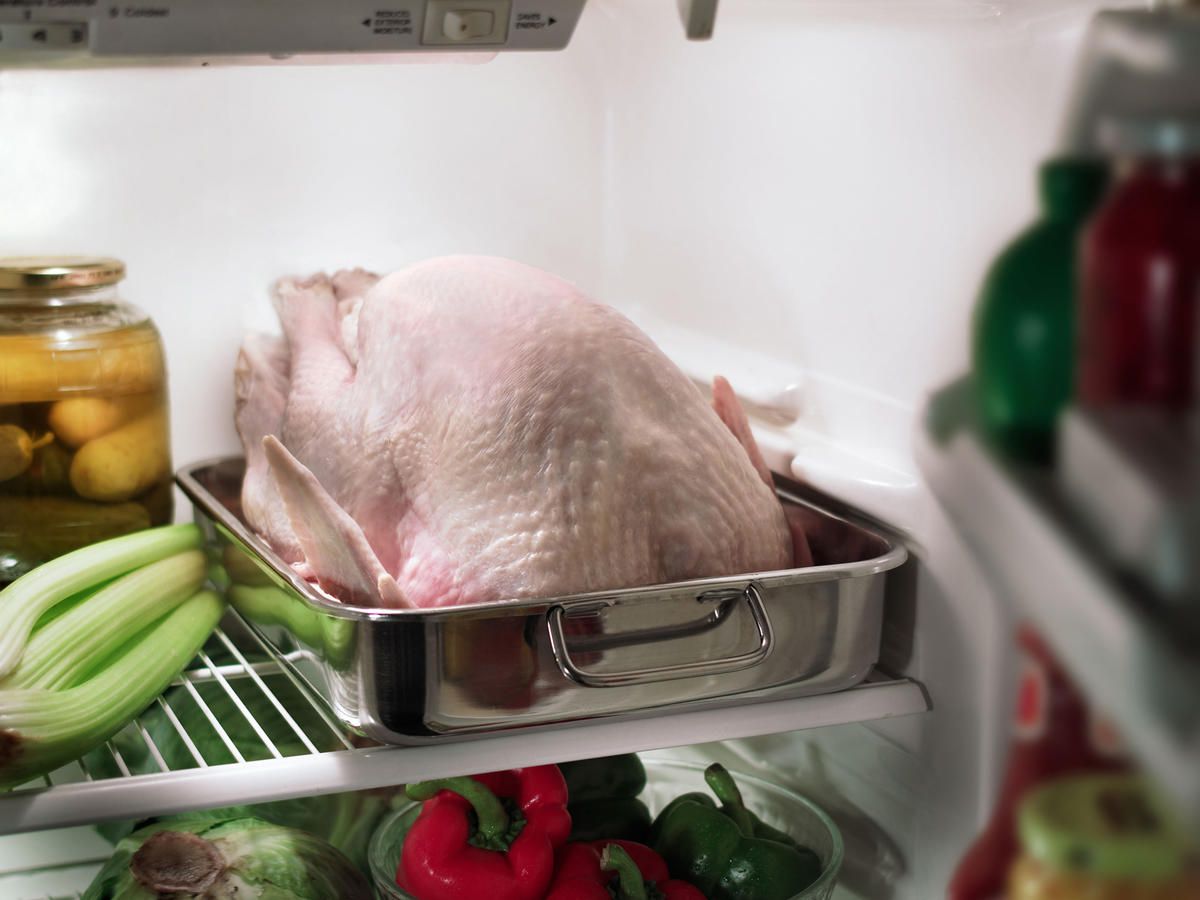

Articles
How Long To Thaw A Turkey In The Refrigerator
Modified: February 24, 2024
Discover articles on how long it takes to thaw a turkey in the refrigerator. Follow our guide for perfectly timed Thanksgiving preparations.
(Many of the links in this article redirect to a specific reviewed product. Your purchase of these products through affiliate links helps to generate commission for Storables.com, at no extra cost. Learn more)
Introduction
Thawing a turkey is an essential step in the preparation process for your Thanksgiving feast or any other special occasion. The refrigerator is one of the safest and most effective methods for thawing a turkey. This method avoids any potential risks associated with bacteria growth and maintains the quality and integrity of the meat. In this article, we will explore the process of thawing a turkey in the refrigerator, discussing why it is the preferred method, the factors that can affect thawing time, recommended thawing guidelines, and alternative methods for thawing a turkey.
Key Takeaways:
- Thawing a turkey in the refrigerator is the safest and most effective method, preserving quality, ensuring even thawing, and minimizing bacterial growth. Patience and planning yield a delicious, safe turkey for special occasions.
- Factors affecting thawing time include turkey size, refrigerator temperature, packaging, and external temperature. Plan ahead, follow recommended guidelines, and monitor thawing progress for a safe and successful turkey preparation.
Why Thawing a Turkey in the Refrigerator?
Thawing a turkey in the refrigerator is the recommended method by the United States Department of Agriculture (USDA) and food safety experts. There are several reasons for this:
- Safety: Thawing a turkey in the refrigerator is the safest method because it keeps the turkey at a consistent and safe temperature throughout the thawing process. This prevents the growth of harmful bacteria, such as Salmonella, that can cause foodborne illnesses.
- Preservation of Quality: Thawing a turkey in the refrigerator helps maintain the quality and texture of the meat. The slow and gradual thawing process minimizes the loss of moisture and prevents the meat from becoming dry.
- Even Thawing: Thawing a turkey in the refrigerator ensures that the entire bird thaws evenly. This is important for proper cooking as unevenly thawed turkey can result in undercooked or overcooked sections of the meat.
- Convenience: Thawing a turkey in the refrigerator requires minimal effort. You can simply place the turkey on a tray or in a shallow pan on the bottom shelf of your refrigerator and let it thaw slowly over time.
While it may take longer compared to other methods, such as thawing a turkey in water or using a microwave, thawing a turkey in the refrigerator is the safest option and yields the best results in terms of taste and texture. It is worth the patience and planning required to ensure a delicious and safe turkey for your special occasions.
Factors Affecting Thawing Time
The time it takes to thaw a turkey in the refrigerator can vary based on several factors. It is important to consider these factors to properly plan and allocate enough time for the thawing process. The main factors that can affect thawing time include:
- Turkey Size: The size of the turkey plays a significant role in determining the thawing time. Larger turkeys will naturally take longer to thaw compared to smaller ones. As a general rule of thumb, you should allow 24 hours of thawing time for every 4-5 pounds of turkey.
- Refrigerator Temperature: The temperature at which your refrigerator is set can impact the thawing time. It is essential to keep your refrigerator at a consistent temperature of 40°F (4°C) or below for safe thawing. A refrigerator that is colder than this will slow down the thawing process, while one that is warmer may promote bacterial growth.
- Frozen State: The starting condition of the turkey affects the thawing time. If the turkey is partially thawed before placing it in the refrigerator, it will require less time to reach the fully thawed state. However, it is always best to thaw a turkey from a completely frozen state for food safety reasons.
- Quality and Type of Packaging: The quality of the packaging and the type of wrapping materials used can influence the thawing time. Turkeys that are tightly wrapped in plastic or vacuum-sealed packaging may take longer to thaw compared to those with looser packaging. Ensure that the turkey is stored in leak-proof packaging to prevent cross-contamination within the refrigerator.
- External Temperature: The ambient temperature in your kitchen or surrounding environment can affect the thawing time. If your kitchen is warmer than average, it may slightly speed up the thawing process. Conversely, a colder environment can slow down the thawing process.
- Internal Temperature: The temperature of the turkey’s interior is a significant factor to consider. If the turkey has been previously cooked and has been stored at a lower temperature, it may take longer to thaw compared to a raw, uncooked turkey.
By taking these factors into account, you can estimate the approximate time required to thaw your turkey safely. It is always better to allow for extra time than to rush the thawing process, ensuring that the turkey is fully thawed and ready for cooking.
Recommended Thawing Guidelines
To ensure the safe and proper thawing of your turkey, it is important to follow these recommended guidelines:
- Plan Ahead: Thawing a turkey in the refrigerator requires time, so plan accordingly. It is recommended to allow 24 hours of thawing time for every 4-5 pounds of turkey. For example, a 16-pound turkey will take approximately 3-4 days to thaw in the refrigerator.
- Keep the Turkey in its Original Packaging: When thawing a turkey in the refrigerator, it is best to keep it in its original packaging. The packaging is designed to prevent any potential cross-contamination and maintain the quality of the meat.
- Place the Turkey on a Tray or in a Shallow Pan: To catch any potential drips and prevent the risk of cross-contamination, place the turkey on a tray or in a shallow pan during the thawing process. This will also help to keep your refrigerator clean.
- Place the Turkey on the Bottom Shelf: To prevent any contamination from leaking juices, store the turkey on the bottom shelf of the refrigerator. This will ensure that it remains separate from any ready-to-eat foods or ingredients that may be stored above.
- Regularly Check and Discard Any Leaking Juices: During the thawing process, the turkey may release some liquid. It is important to regularly check the tray or pan and discard any leaking juices to prevent cross-contamination.
- Do Not Refreeze a Thawed Turkey: Once the turkey has been thawed, it should be cooked immediately. Do not refreeze a previously thawed turkey, as it can lead to a loss of quality and potentially pose a food safety risk.
Following these thawing guidelines will help ensure that your turkey is safely and properly thawed, ready to be cooked and enjoyed by your family and friends.
Thawing Time Based on Turkey Size
The thawing time for a turkey can vary depending on its size. It is important to allocate enough time for the turkey to thaw completely in the refrigerator. Here is a general guideline for thawing times based on turkey size:
- 4-12 pounds: Approximately 1-3 days of thawing time in the refrigerator.
- 12-16 pounds: Approximately 3-4 days of thawing time in the refrigerator.
- 16-20 pounds: Approximately 4-5 days of thawing time in the refrigerator.
- 20-24 pounds: Approximately 5-6 days of thawing time in the refrigerator.
Remember, these times are estimates and may vary depending on factors such as refrigerator temperature, the turkey’s starting condition, and the quality of the packaging. It is always best to err on the side of caution and allow extra time for thawing.
If you are running short on time and need to thaw a turkey more quickly, there are alternative methods available. However, it is important to note that these methods may compromise the quality and safety of the turkey. It is always best to thaw a turkey in the refrigerator for the optimal results.
By planning ahead and following these guidelines, you can ensure that your turkey is fully thawed and ready to be cooked to perfection for your special occasion.
Thaw a turkey in the refrigerator for 24 hours for every 4-5 pounds of turkey. For example, a 20-pound turkey will take 4-5 days to thaw in the refrigerator.
Tips for Thawing a Turkey Safely
Thawing a turkey safely is crucial to avoid any foodborne illnesses and to ensure that the meat maintains its quality. Here are some important tips to keep in mind when thawing a turkey:
- Use the Refrigerator Method: Thawing a turkey in the refrigerator is the safest method. It is important to avoid thawing at room temperature, as this can promote bacterial growth.
- Allocate Enough Time: Plan ahead and allow sufficient time for the turkey to thaw completely in the refrigerator. Follow the recommended thawing time based on the turkey’s weight.
- Keep the Turkey Sealed: Leave the turkey in its original packaging while thawing to prevent any potential cross-contamination with other foods in the refrigerator.
- Place the Turkey on a Tray: To catch any possible drips and juices, place the turkey on a tray or in a shallow pan. This will also help keep your refrigerator clean.
- Store the Turkey on the Bottom Shelf: To prevent cross-contamination, store the turkey on the bottom shelf of the refrigerator. This ensures that any juices do not come into contact with ready-to-eat foods or other ingredients.
- Regularly Check for Leaking Juices: During the thawing process, the turkey may release liquid. Check the tray or pan regularly and discard any leaking juices to avoid cross-contamination.
- Do Not Refreeze a Thawed Turkey: Once the turkey has been thawed, it should be cooked immediately. Refreezing a previously thawed turkey can lead to a loss of quality and may pose a food safety risk.
- Wash Hands and Surfaces: It is important to practice good hygiene throughout the thawing process. Wash your hands thoroughly with soap and warm water before and after handling the turkey. Also, clean and sanitize any surfaces or utensils that come into contact with the turkey or its juices.
- Follow Proper Cooking Temperatures: After thawing, cook the turkey to the appropriate internal temperature to ensure it is safe to consume. The USDA recommends cooking turkey to an internal temperature of at least 165°F (74°C) at the thickest part of the meat.
By following these tips, you can safely thaw a turkey and minimize any potential risks associated with foodborne illnesses. Remember to always prioritize food safety when preparing your holiday feast or any special occasion.
Monitoring and Checking Thawing Progress
Monitoring the thawing progress of your turkey is essential to ensure that it is safely thawed and ready for cooking. Here are some important steps to follow and indicators to check to monitor the thawing progress:
- Visual Inspection: Regularly check the turkey’s appearance as it thaws in the refrigerator. Look for any signs of ice crystals melting and the turkey becoming pliable. This is an indication that the thawing process is progressing as expected.
- Touch Test: Gently press your fingers against the breast, thighs, and wings of the turkey. If they feel soft and flexible, it is a good sign that the turkey is thawing properly. Avoid applying excessive pressure that could damage the meat.
- Internal Temperature: Use a food thermometer to measure the internal temperature of the turkey. Insert the thermometer into the thickest part of the meat, away from bones. The temperature should be below 40°F (4°C) to ensure safe thawing.
- Dripping Juices: Check the tray or pan under the turkey for any dripping juices. If there are no active leaks or excessive liquid accumulation, it indicates that the turkey is thawing properly. However, if you notice excessive leaks or suspect contamination, discard the turkey and start with a new one.
- Smell Test: While the turkey is thawing, give it a gentle sniff. The odor should be mild and fresh. If you detect any foul or unpleasant smell, it may indicate spoilage, and the turkey should not be consumed.
- Thawing Time: Keep track of the elapsed time as the turkey thaws. Refer to the recommended thawing time based on the turkey’s weight. If the thawing time seems to be taking longer than expected, it could be an indication that the refrigerator temperature is too low or that the turkey was initially partially thawed.
By regularly monitoring and checking the thawing progress using these methods, you can ensure that your turkey is safely and effectively thawed. If at any point you have doubts about the turkey’s quality or safety, it is always better to err on the side of caution and replace it with a new one.
Alternative Thawing Methods
If you find yourself running short on time or need to thaw a turkey more quickly, there are alternative methods available. However, it is important to note that these methods may compromise the quality and safety of the turkey compared to thawing in the refrigerator. Here are a few alternative thawing methods:
- Cold Water Bath: Place the turkey in its original packaging in a leak-proof plastic bag and submerge it in a cold water bath. Change the water every 30 minutes to maintain a cold temperature. It generally takes about 30 minutes per pound to thaw using this method. Make sure the turkey is fully submersed and avoid using warm or hot water to prevent the growth of bacteria.
- Microwave Thawing: If your microwave has a defrost function, you can use it to thaw a turkey. Follow the manufacturer’s instructions to determine the appropriate power level and timing. Be sure to rotate the turkey and monitor it closely to avoid any portions of the meat becoming partially cooked.
- Cooking from Frozen: It is possible to cook a turkey directly from frozen, but it will require longer cooking times. Follow the cooking instructions provided with the turkey and ensure that the internal temperature reaches a safe minimum of 165°F (74°C) throughout the meat. Cooking from frozen may result in a slightly different texture and longer cooking times than a thawed turkey.
- Thinly Sliced Method: If you need smaller portions of turkey for a specific recipe, you can partially thaw the turkey in the refrigerator until it is firm but still easy to slice. Then, carefully slice the desired amount, wrap it tightly, and return the remaining turkey to the refrigerator to continue thawing.
While these alternative thawing methods may be suitable when time is limited, keep in mind that thawing in the refrigerator is still the optimal method for quality and safety. If you choose to use an alternative method, it is crucial to ensure that the turkey is cooked to the proper internal temperature to guarantee its safety.
Remember to always prioritize food safety and follow recommended guidelines when thawing a turkey, regardless of the method you choose. This will help ensure a delicious and safe turkey for your special occasion.
Conclusion
Thawing a turkey is a crucial step in the preparation process to ensure a safe and delicious meal. Thawing the turkey in the refrigerator is the recommended method due to its safety, preservation of quality, and even thawing. By following the recommended thawing guidelines, allocating enough time based on the turkey’s size, and implementing safe practices such as regular checks and proper storage, you can ensure a thawed turkey that is ready for cooking.
Monitoring the thawing progress through visual inspection, touch tests, internal temperature checks, and examining any dripping juices helps ensure that the turkey is thawing properly. Alternative thawing methods such as cold water baths, microwave thawing, cooking from frozen, or thinly sliced methods may be used when time is limited, but they may compromise the quality and safety of the turkey.
Remember, food safety is paramount. Thawing a turkey safely reduces the risk of foodborne illnesses. By following proper guidelines, handling techniques, and adhering to the recommended internal cooking temperature, you can safely serve a delicious, moist, and fully cooked turkey for your festive gathering.
Plan ahead, be patient, and prioritize the safety and quality of your turkey. With these considerations in mind, you can confidently thaw your turkey and embark on a memorable culinary experience for yourself and your loved ones.
Frequently Asked Questions about How Long To Thaw A Turkey In The Refrigerator
Was this page helpful?
At Storables.com, we guarantee accurate and reliable information. Our content, validated by Expert Board Contributors, is crafted following stringent Editorial Policies. We're committed to providing you with well-researched, expert-backed insights for all your informational needs.

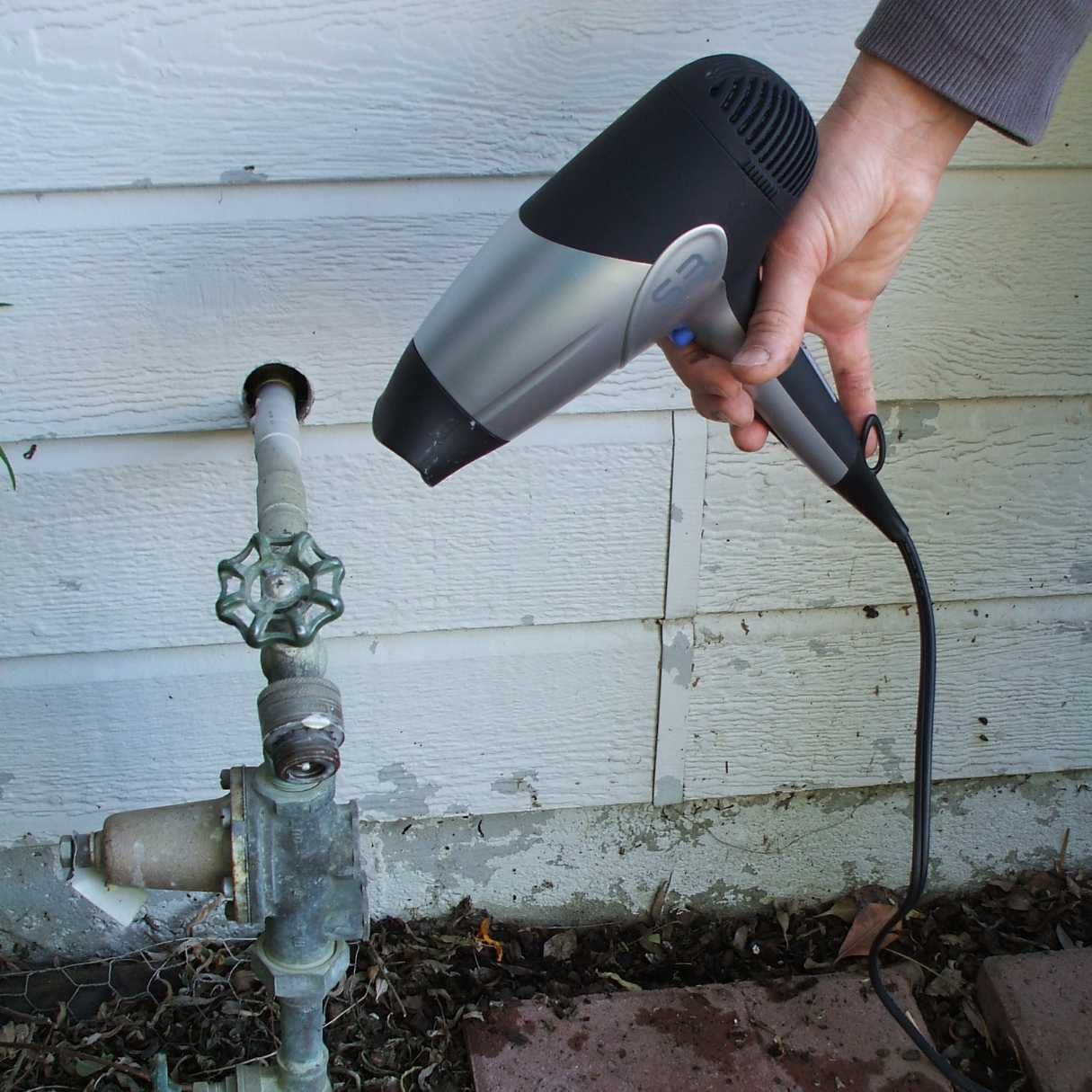
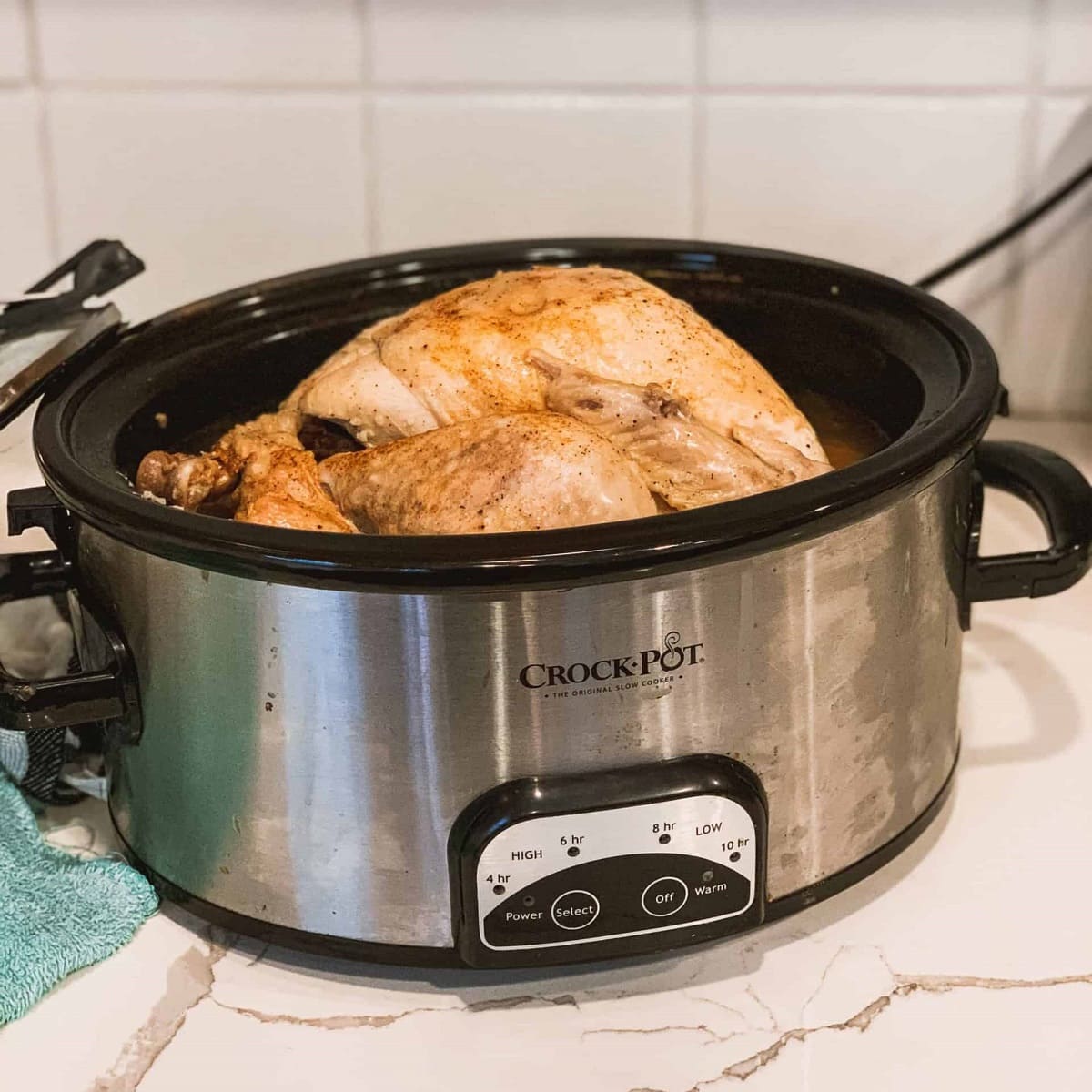
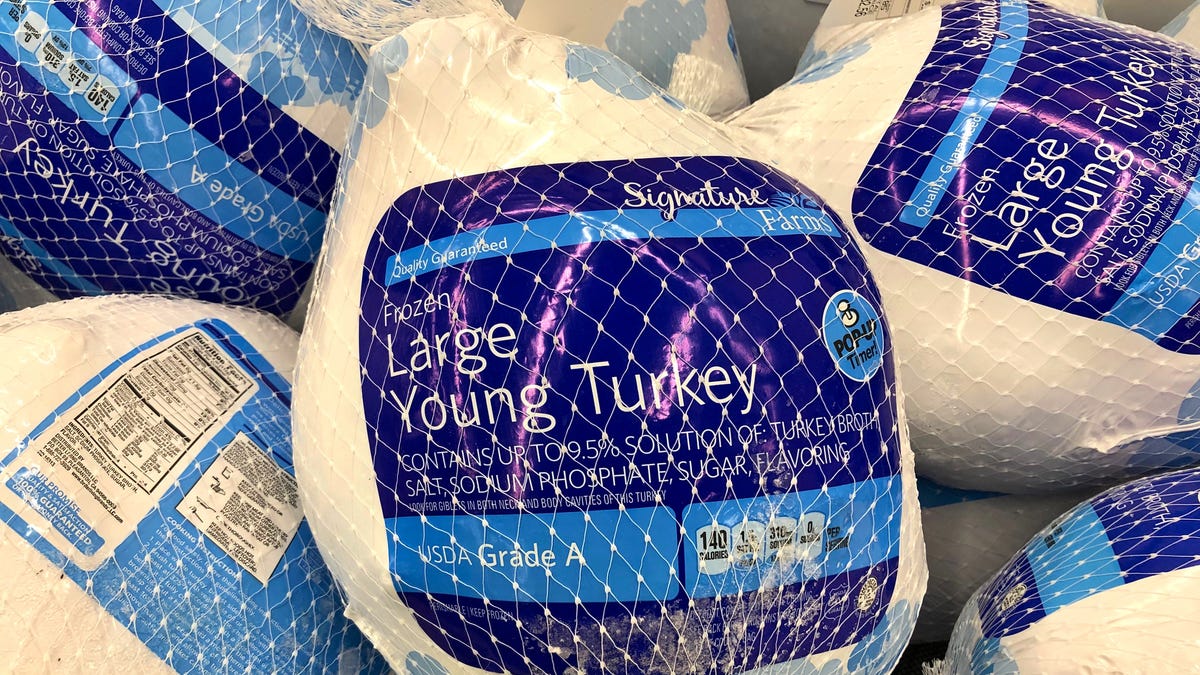
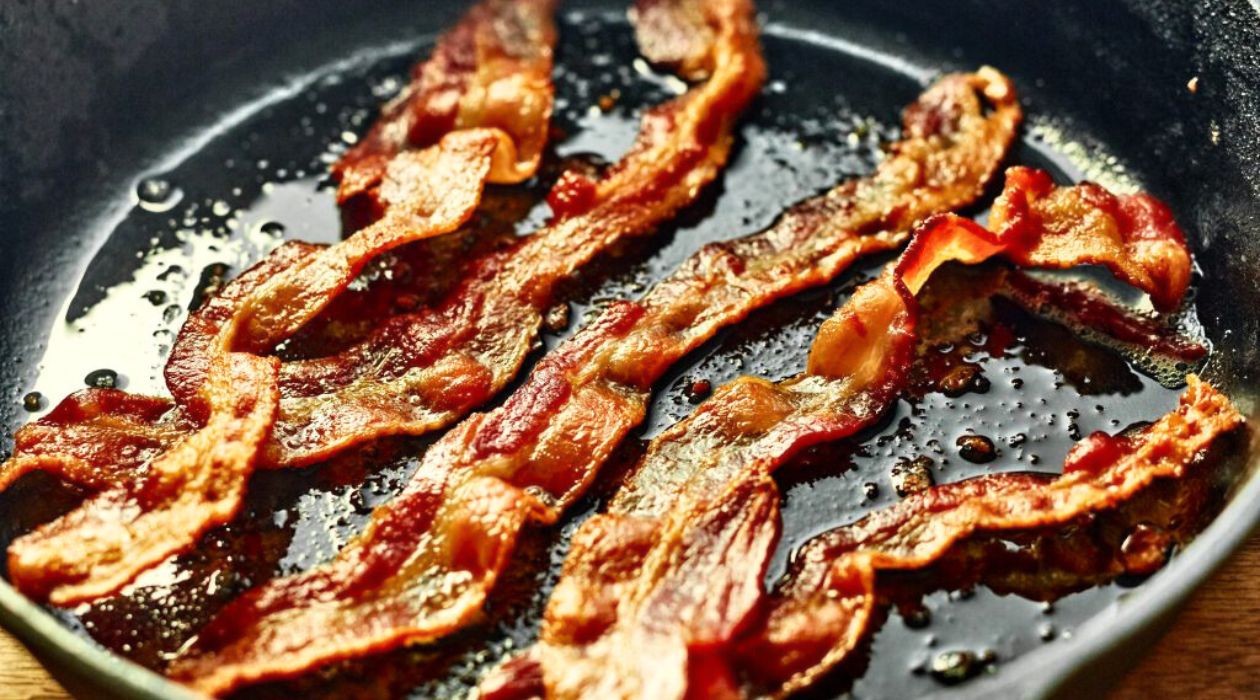
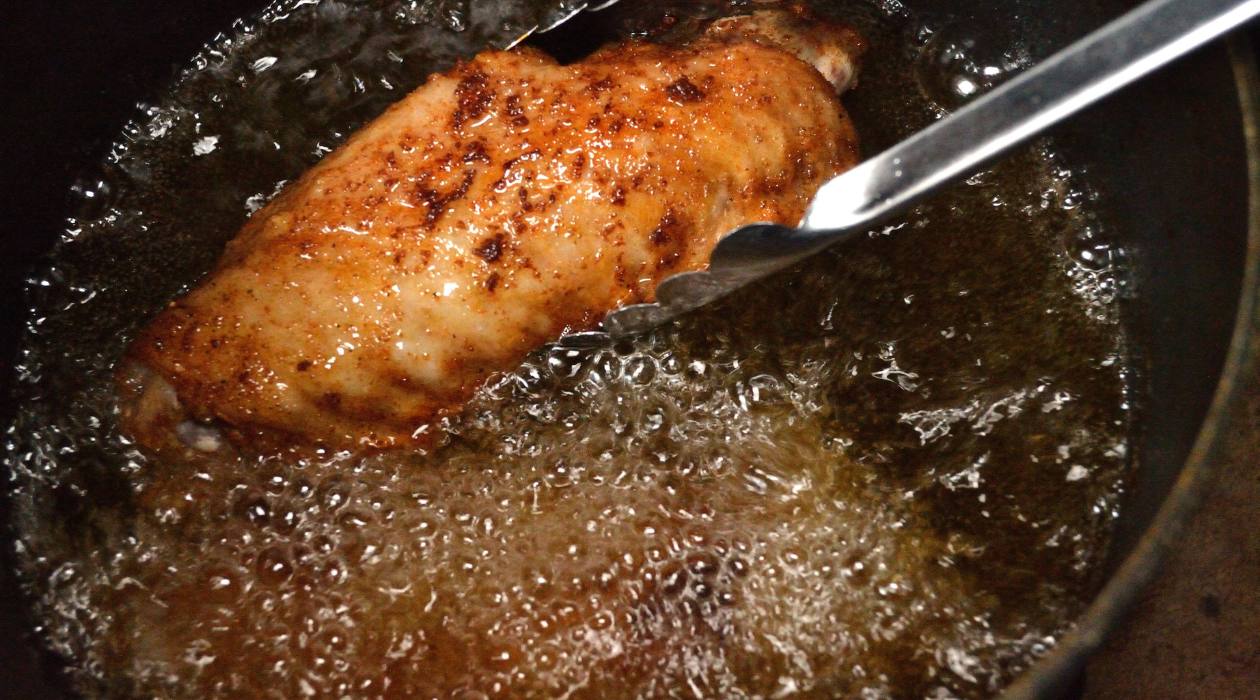
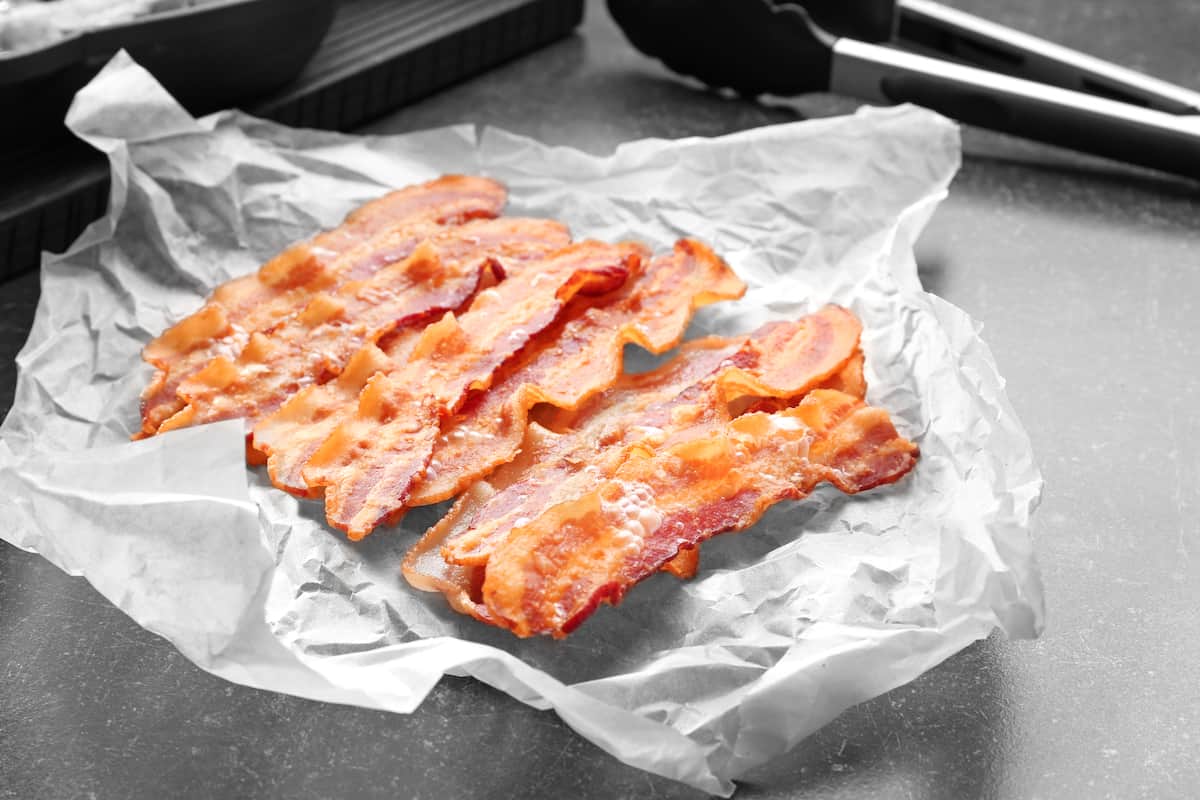
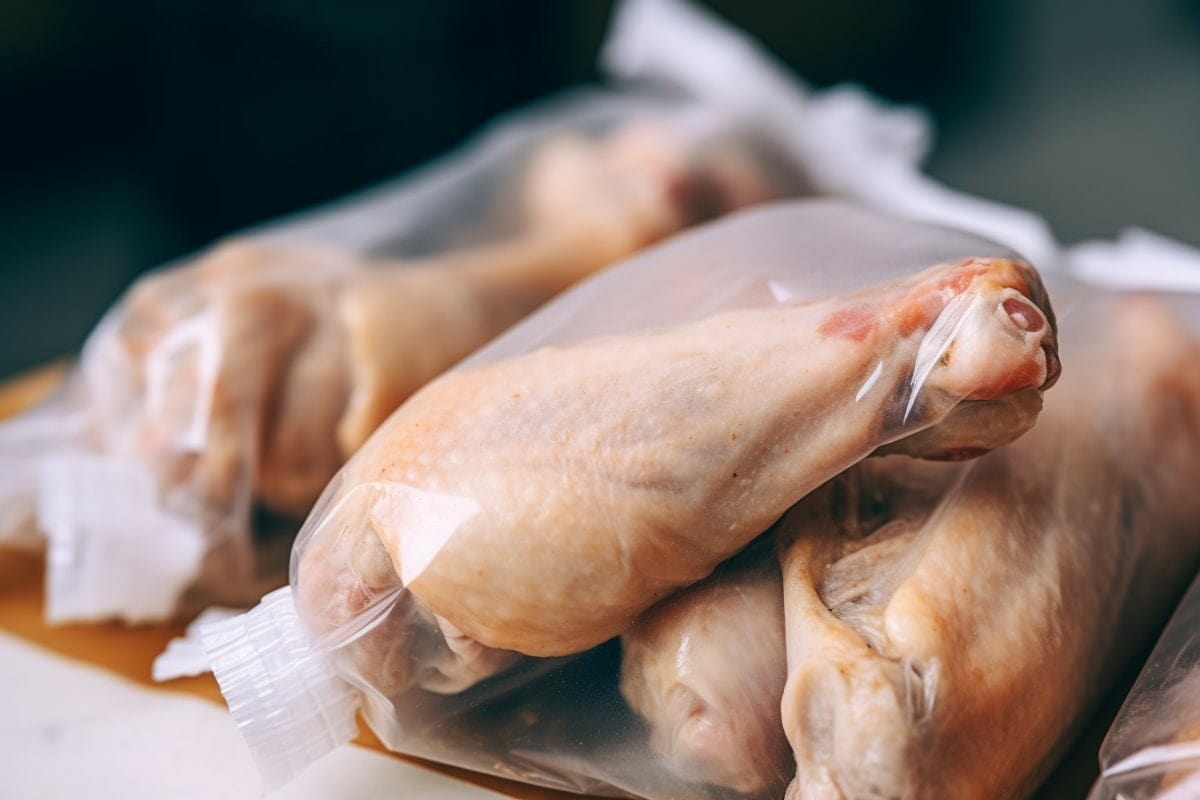
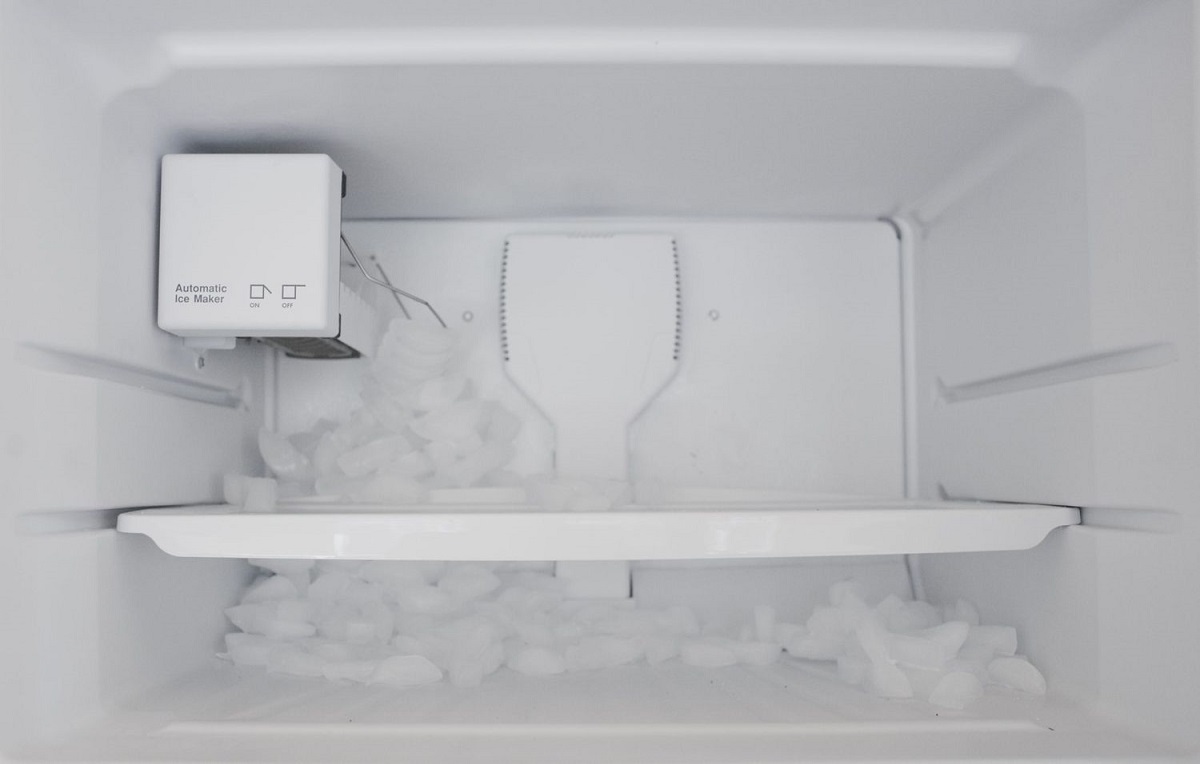
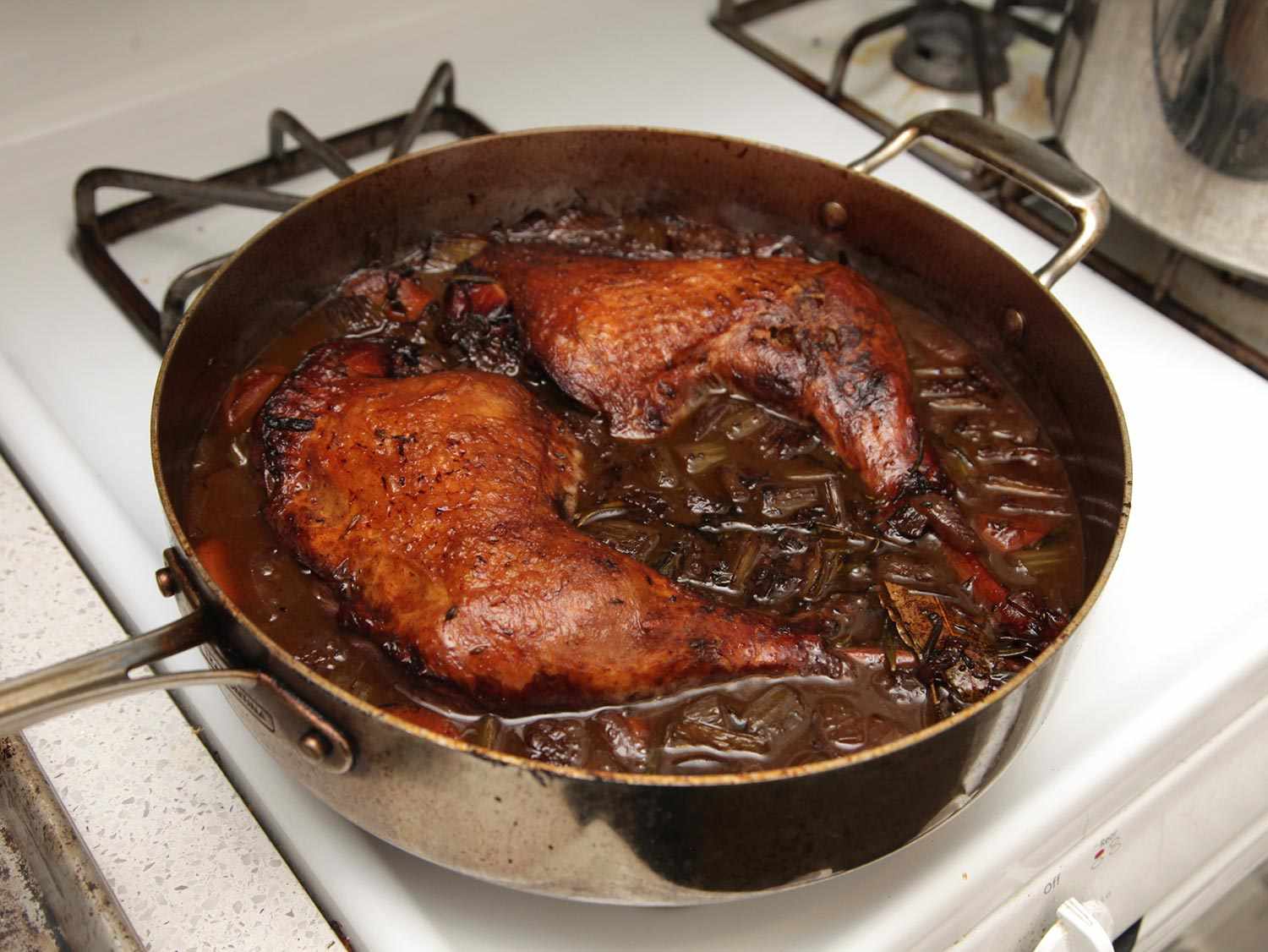

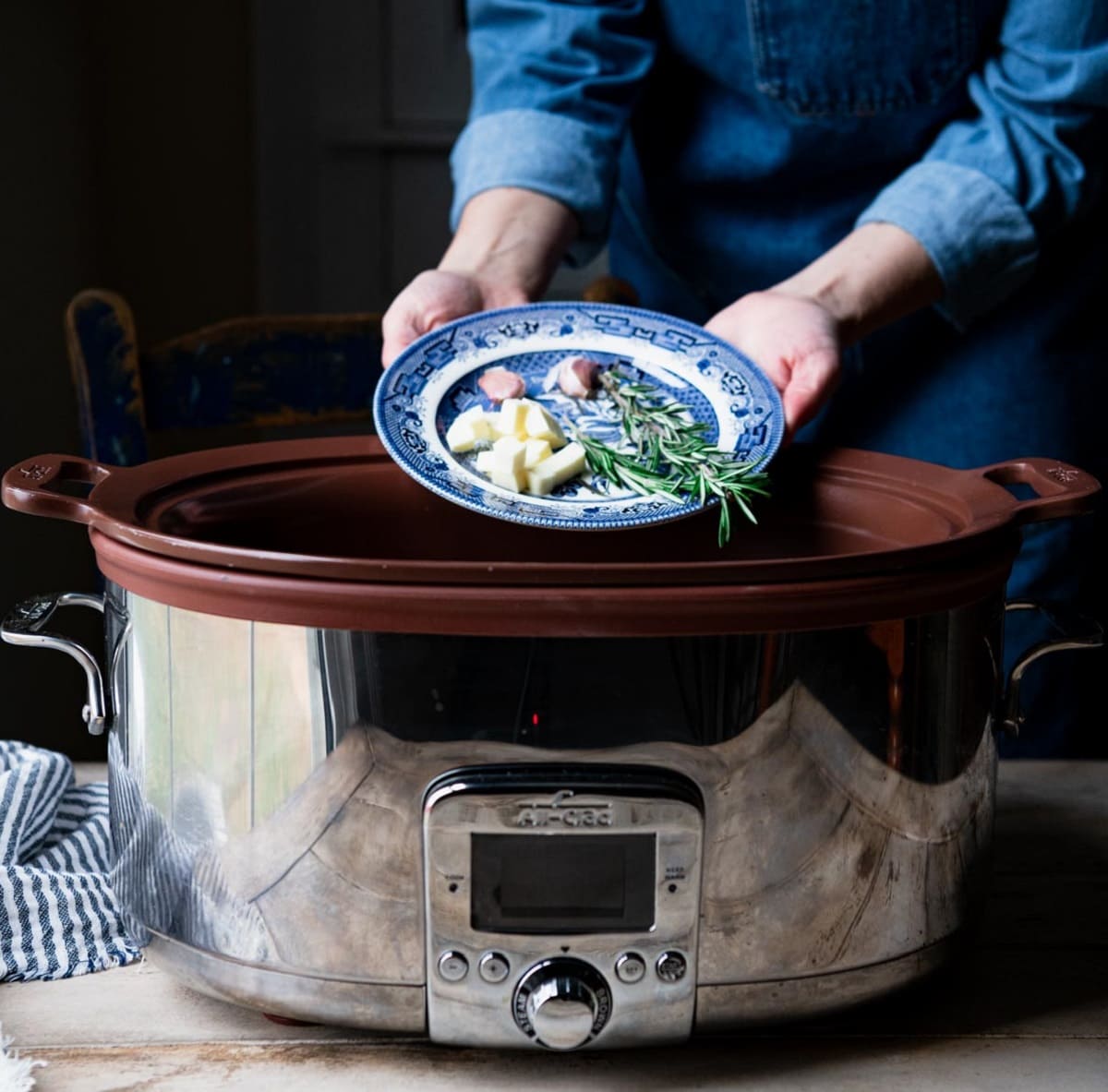
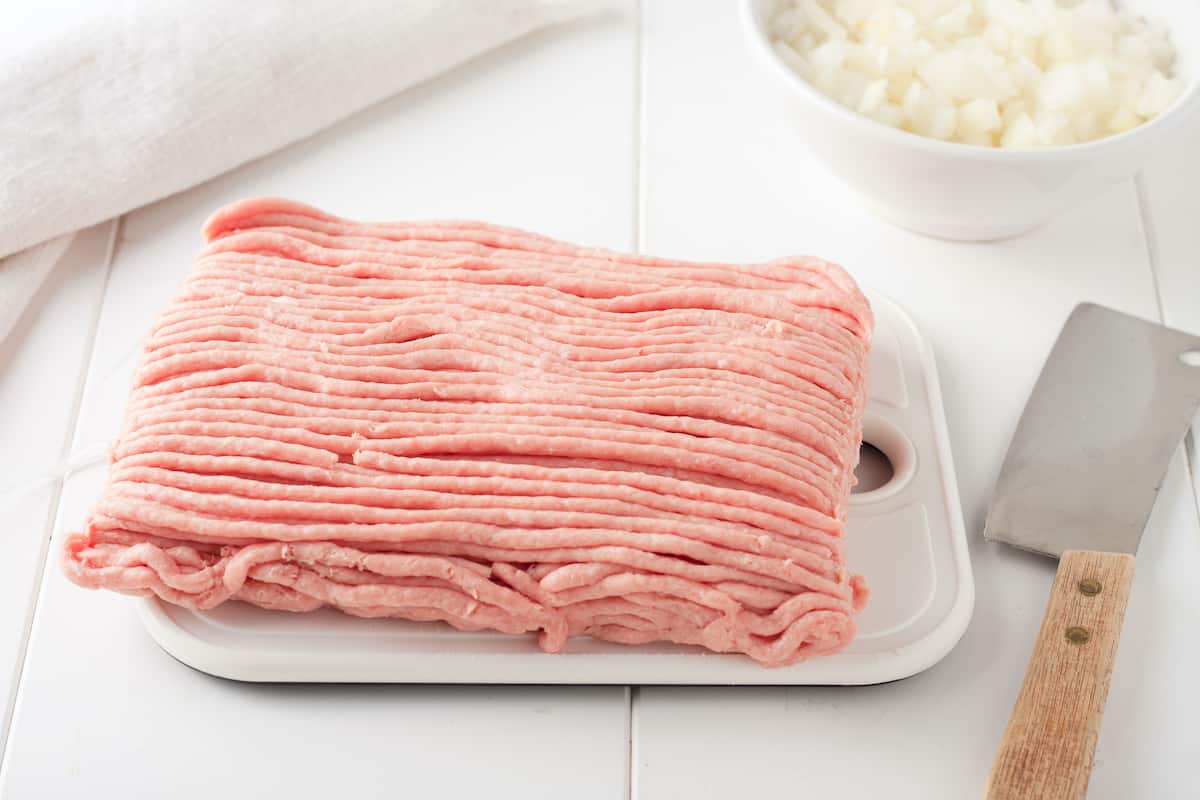
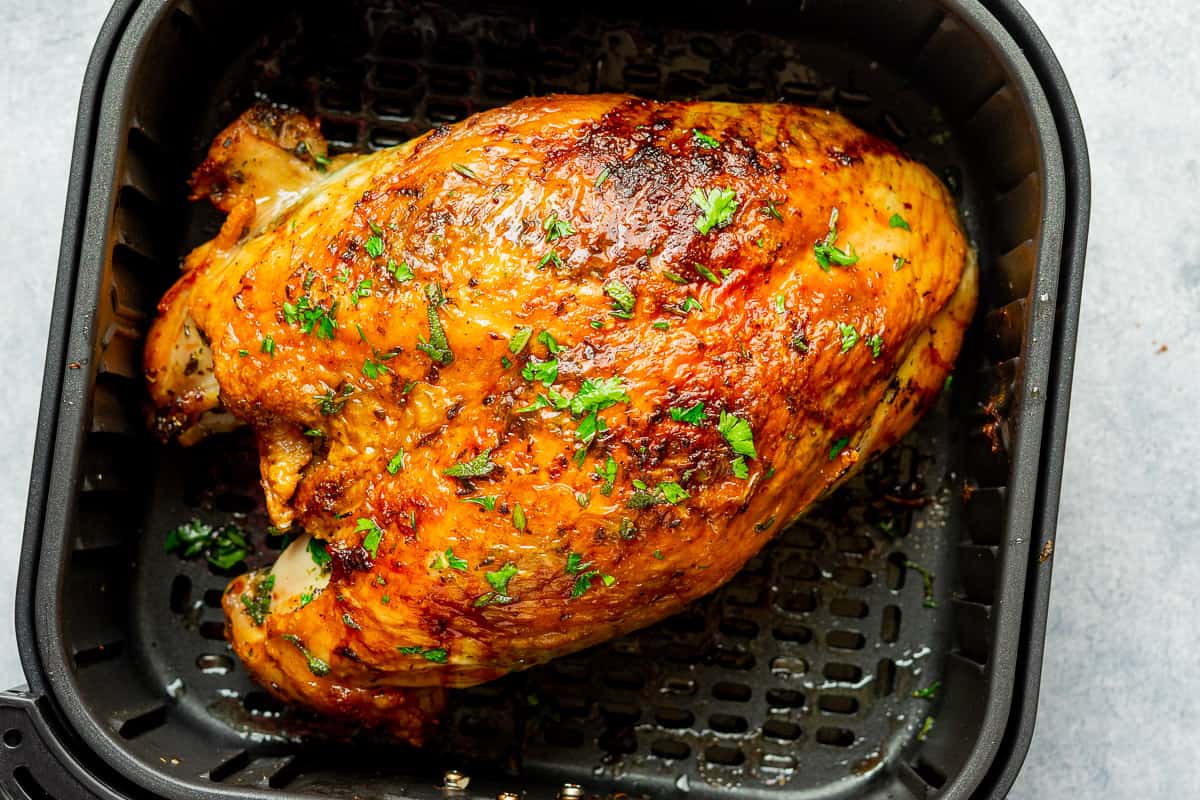

0 thoughts on “How Long To Thaw A Turkey In The Refrigerator”